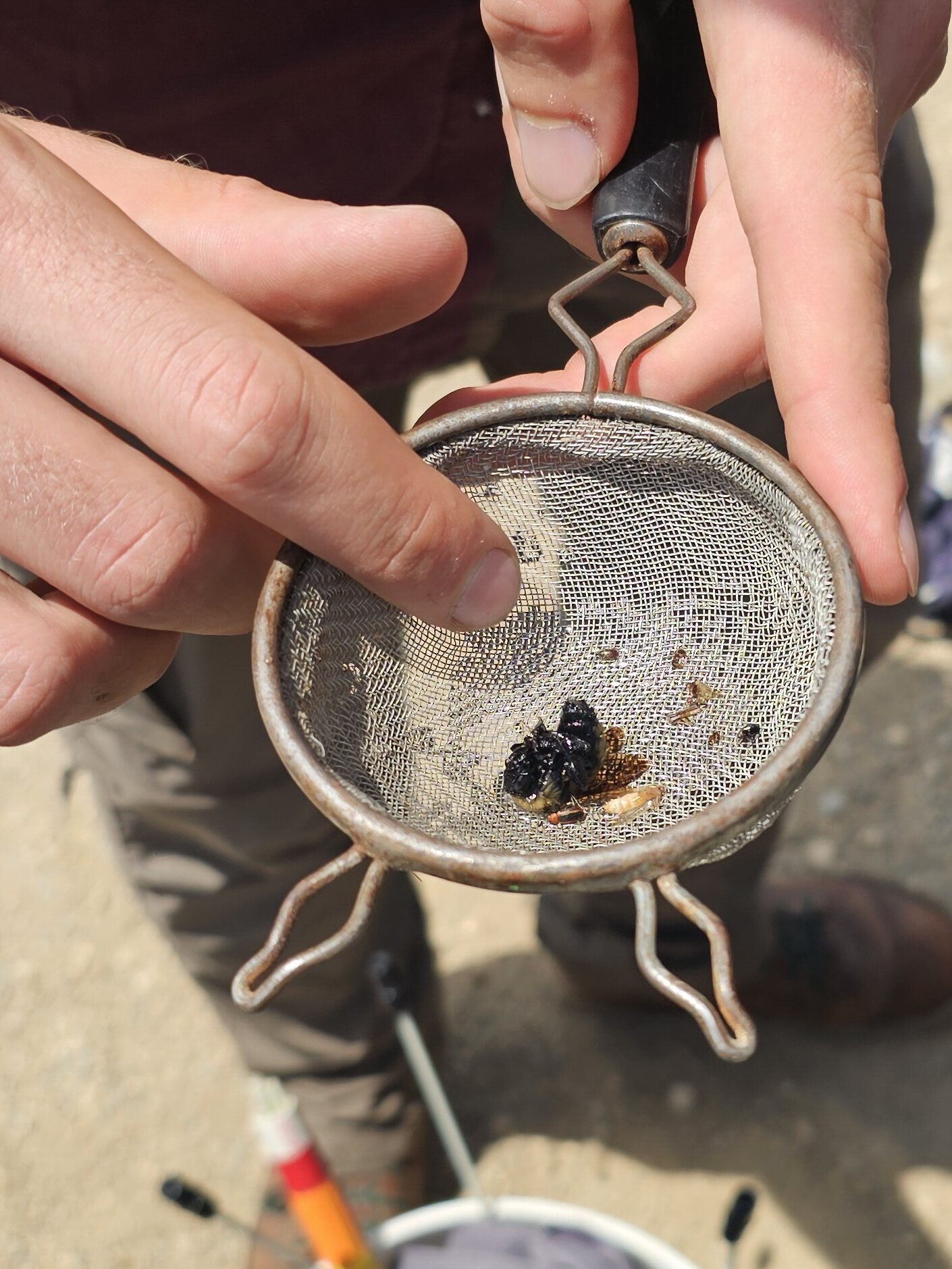Today the team learned about Hesperostipa spartea (Stipa) which is affectionately known as porcupine grass. After reviewing the protocol for collection, we made our way down to experimental plot p01 where we received a lesson on identifying flowering Stipa and counting the fruits (imagine a long seed with a tail). We documented the number of culms (stems) and fruits as well as missing fruit in our field notes. This was only the first step but the information collected will help determine how the fitness – an organisms ability to survive and reproduce in an ecosystem – of Stipa grown in experimental plots differs from Stipa growing in prairie remnants.

Later that afternoon, a small team retrieved and deployed emergence traps. The contents of the traps were examined and the specimens were prepared for classification.



Leave a Reply